Purchasing a horse can be an exciting, stressful, fun, exhausting, overwhelming, disappointing, memorable, or perhaps – in dire situations – disastrous experience! No two horses are the same, no two sellers are the same, and no two buyers are the same; as such, a unique journey awaits anyone who sets out to find their perfect new horse. These tips will help ensure your journey is a successful one.
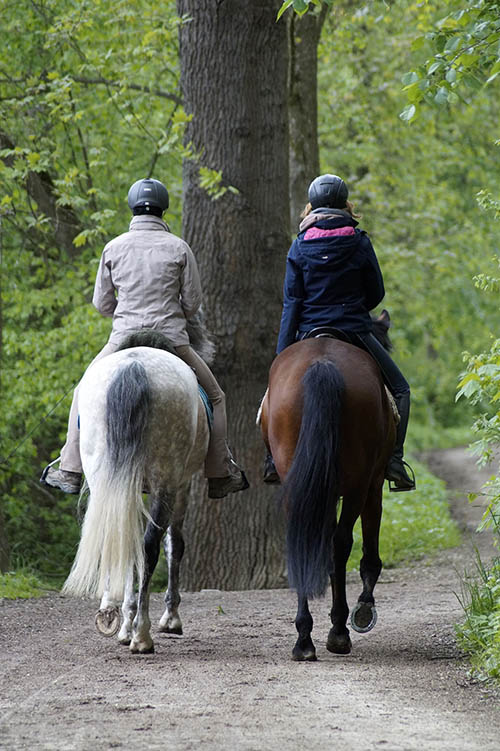
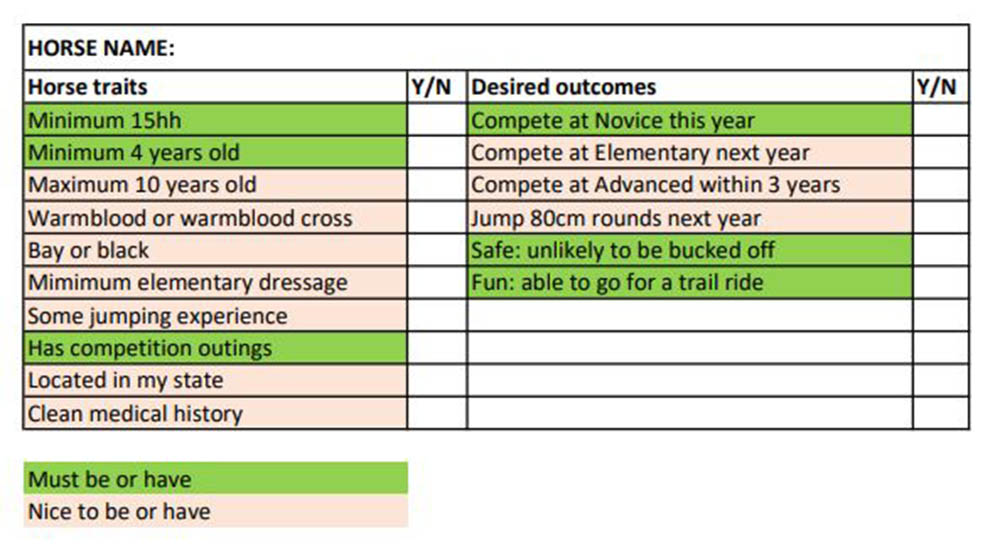
“Everyone has a different
definition of what a
quiet horse is.”
Before you have a chance to fall in love with any of the many beautiful horses you will see advertised, take a step back and ask yourself: “What do I really want?” The question might seem basic or even ridiculous, but writing down your answer will help to keep you on the right track and minimise the chance of emotion overruling logic when your search commences.
When answering this question, some people immediately list the breed, age, height, gender, performance level, and even colour of their desired horse. These are important considerations, however, defining what you want also involves an honest assessment of your goals and desired outcomes. Do you want to have fun? Do you want to compete at a certain level? If so, now or in five years’ time? Do you want to try your hand at a range of disciplines? How confident are you; is safety and therefore temperament, a key consideration when searching for a new horse?
At this point, it’s worth preparing a list with two columns; Column A for desired horse traits such as age, height and breed, and Column B for desired outcomes, such as performance levels you are aiming to achieve. Next, choose a colour for “must have/be” (let’s use green), and a colour for “nice to have/be” (let’s use pink). Now shade every attribute and outcome that you believe is a “must have” in green, and shade all the “nice to have” attributes in pink. This will create a matrix for assessing each horse that catches your eye.
REALITY CHECK
With your matrix prepared, discuss its contents with someone – or some people – you trust. Asking your instructor or a knowledgeable friend to populate or colour code the matrix for you, without first seeing your version, could provoke some interesting and insightful discussions! We all know that horses are not objects, and the relationship most horse owners share with their steed involves a strong emotional connection; so it’s no surprise that we struggle to be objective when deciding what we really want. Sometimes we confuse our ambition with our ability, or buy the right horse for the life we hope we’re living in two years’ time – not the life we are living right now. A reality check from someone you trust and respect could help avoid disappointment and heartache, and instead guide you towards finding a wonderful equine partner that you will enjoy for many years to come.
Your instructor or friend may suggest considering some attributes or desired outcomes that you have missed, or challenge you as to whether a maximum age of 10 is a “must have” or a “nice to have”. Height and age are two criteria that some people are fixated on, yet arguably some flexibility should be applied. Not all 16hh horses are the same size; a solid type will feel much bigger, and a narrow horse, much smaller! Likewise, ruling a horse out because it’s deemed slightly too old can be a mistake; remember, it’s not uncommon for Olympic horses to be in their late teens!
You won’t know for sure whether a horse is safe, or has the potential for higher levels that you may seek, simply by reading an advertisement, so you will need to make an informed guess at the preliminary stage. However, assessing each horse this way before you pick up the phone or message a seller will potentially help to refine your search and keep you on track, without wasting your own or other people’s time. If a horse doesn’t get a tick next to every box you have shaded green, i.e. “must have/be”, they are not likely to be the horse for you, even if they sound and look wonderful! You may find, for example, that the stunning blingy horse gets a big tick for colour, but in reality that horse is too young, and unlikely to meet your performance goals for the next two years, whereas that plain chestnut meets all your “must have/be” requirements, and has plenty of ticks in the “nice to have” column too, even though it doesn’t make your heart flutter!
THE FUN BEGINS
Once you have clarified your preferences, it’s time to start the search and the fun begins! The prospect can be overwhelming, particularly as there is a range of platforms where horses are advertised and sold, and there’s no set template sellers follow when advertising a horse. Some sellers will post a tantalising photo on social media with scant details, a request to “Private message for more details” and perhaps the comment “no timewasters or photo collectors” to go with it! On the other extreme, some sellers will write an advertisement so detailed and prescriptive regarding the kind of home that their horse requires, you feel that you may offend by even suggesting that you could be a suitable applicant. Everyone has a different definition of what a quiet horse is, or what skills a rider needs to have in order to be considered advanced or experienced. Fortunately, most sellers are reasonable people who simply want to find the best home for their horse and will be more than happy to answer your questions.

“Sellers will be as quick
to judge buyers as
buyers are to judge sellers.”
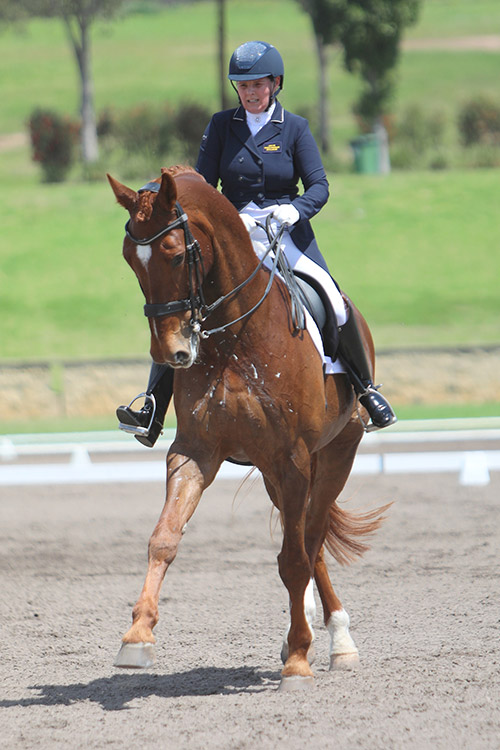
“A vet check is
always recommended.”
Before enquiring about a horse, read the advertisement thoroughly and prepare a list of questions. If you like the look of the horse, chances are you’re not the only one who does, and the seller could be inundated with enquiries. If this is the case, contacting the seller and asking questions that are already answered in the advertisement will frustrate them and potentially hinder their willingness to engage with you. Similarly, contacting someone about their horse for sale when you’re not in a position to buy because you can’t afford it yet, need to sell your other horse first, or need to check with your other half, is a waste of a seller’s time. Remember that selling a horse can be an emotional and difficult situation for a vendor; show some empathy for their situation, and make sure your house is in order before you reach out.
The questions you ask should, where applicable, be open rather than closed questions, as they are likely to yield more comprehensive and telling responses. For example, “How would you describe your gelding’s temperament?” rather than, “Is your gelding quiet?”. Have a pen and paper at the ready so you can jot down some points as you listen. Once you have gleaned everything you wish to know, end the call with an agreed next step. If, for example, you want to talk further to your instructor or friend before deciding whether to go and see the horse, let the seller know, and provide a timeframe for when you’re likely to be back in touch. If, during the course of the call, you’ve realised that this is not the horse for you, politely let the seller know.
BRING A FRIEND
If the horse continues to tick the right boxes for you, arrange to see the horse at a time when you can take your instructor or friend. Many buyers like to see the horse brought in from its paddock or stable, rather than arriving to a tacked-up horse, and many sellers prefer this process too. If this is important to you, mention this to the seller when you’re organising a time for the visit; don’t expect them to know that this is your preference and then be disappointed when you arrive to see a tacked-up horse.
On the day of the visit, arrive at – or very close to – the agreed time. If you’re running late, contact the seller and let them know. Sometimes people are running early as they have allocated extra time for travel; if this is the case, arriving a little early is rarely a problem. However, don’t turn up an hour early and expect the seller to be happy to see you. In some cases the seller won’t mind at all if you ring first and ask; in other cases, it will mean interrupting other tasks or work they are doing. The best option if you’re running early is to grab a coffee in the nearest town or take a moment to pull up somewhere nearby and review your questions and notes about the horse. Sellers will be as quick to judge buyers as buyers are to judge sellers; if you can’t arrive at an agreed time, will you pay at the agreed time and collect the horse at the agreed time? A seller isn’t obliged to sell their horse to you just because you want to buy it; starting off on the right foot by respecting your arrangements is key to ensuring that they like you and are comfortable selling their horse to you.
If you’re inspecting a ridden horse, and the seller is unwilling to ride it first and doesn’t have someone else there to ride it first on their behalf – and this was not made clear to you before your visit – alarm bells should ring very loudly! Don’t ride a horse unless you feel safe to do so and your instructor or experienced friend agrees that it would be safe to do so. If you are watching the seller ride the horse and you decide that it’s not for you – whether that’s because you don’t like its movement, temperament or any other reason – don’t feel obliged to ride the horse just because you have travelled there to see it. If there’s no chance you’re going to buy the horse, the seller would most likely prefer you didn’t take up any more of their time!
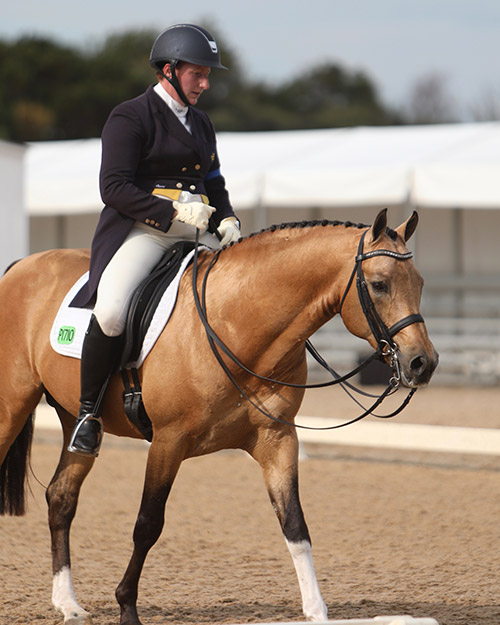
COMPARE VIDEOS
If possible, take some video of the seller riding the horse, and have some video taken of yourself on the horse. It’s beneficial to review and compare both later. You may be surprised to see that the horse looks rather different to how it felt, or you may wish to compare this footage to that of other horses you have tried. Asking the seller whether they believe you are a good match never hurts; look them in the eye, and you should be able to sense whether they are being honest!
After the ride, if you are keen on the horse, assist with untacking and putting the horse back to its paddock or stable and spend this time discussing the next steps with the seller. While you should review the footage and have a debrief with your instructor or friend before committing to anything, it helps to make it clear to the seller that you’re keen and will get back to them. Provide a timeframe for doing so; this may be a few hours, or 24 hours. Discussing this with the seller will provide an opportunity to also discuss whether there are other viewings booked, and the timeframe for a vet check. Sellers don’t generally want to rush or push a sale, however, they can have other people lined up to view the horse and after taking the time to show you their horse, deserve to be told your thoughts and plans. If you decide not to pursue the purchase, either on the day of your ride or in subsequent days, always close the loop by letting the seller know.
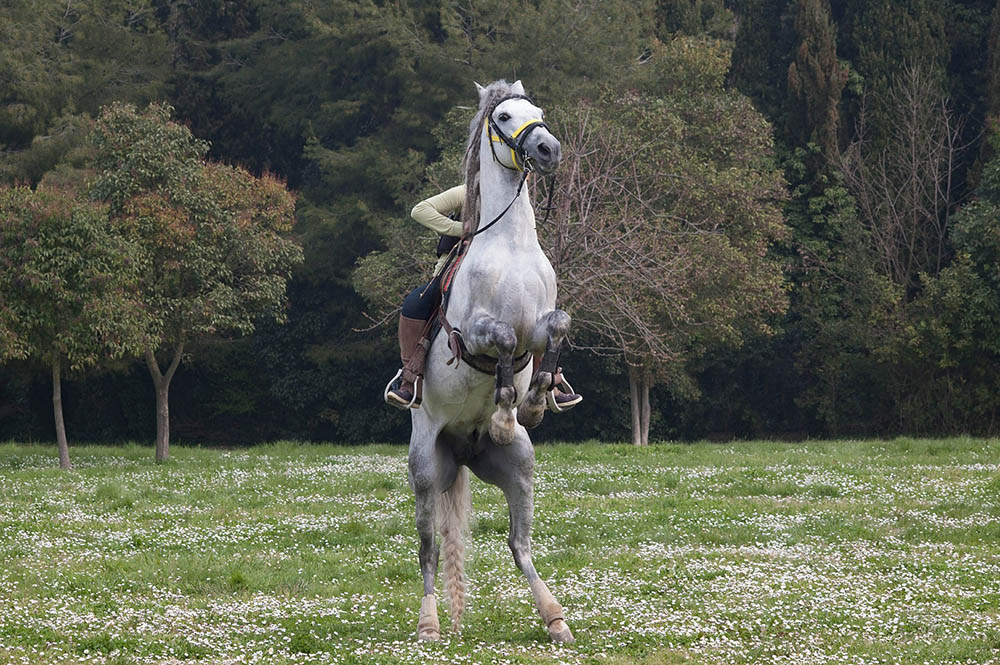
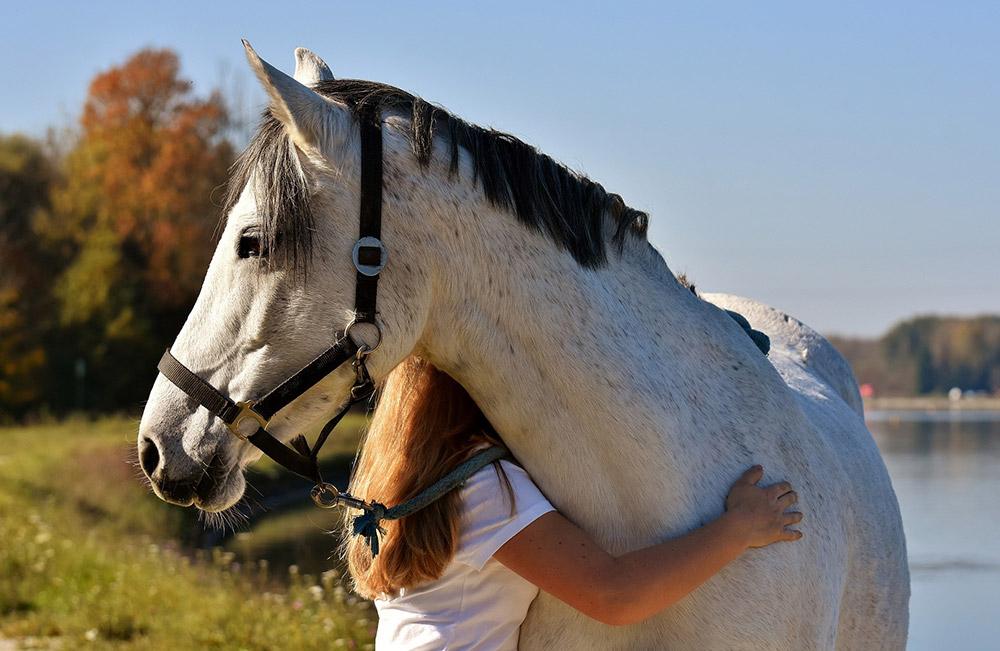
A vet check is always recommended, however it’s worth reading more about how to approach and interpret the results of this part of the process. Dr Maxine Brain’s article on vet checks is a great resource and can be found here. If you reach the stage of vet checking a horse and have not discussed price, the seller will assume that you are prepared to pay the asking price of the horse, pending the outcome of the vet check. Sometimes, issues will be raised in the vet check that may result in some price negotiation, however, you should not progress to the vet check stage without a discussion of price unless you are prepared to pay the asking price if the check goes well. Remember that a vet check will take up several hours of the seller’s time – they will not be impressed by a lower offer after this point if the vet check has gone well – this is another way to upset a seller!
Ideally, the horse you have chosen will vet check well, and you will go ahead with the purchase at a price you are happy to pay and the seller is happy to receive. It’s impossible to know with absolute certainty whether you’ve purchased the right horse for you – there’s always an element of luck – however, by doing your due diligence and making your decisions with your head rather than your heart, there’s every chance that your horse-buying journey will lead you to a wonderful animal with which you can now enjoy the twists, turns and many adventures that accompany horse ownership! EQ

